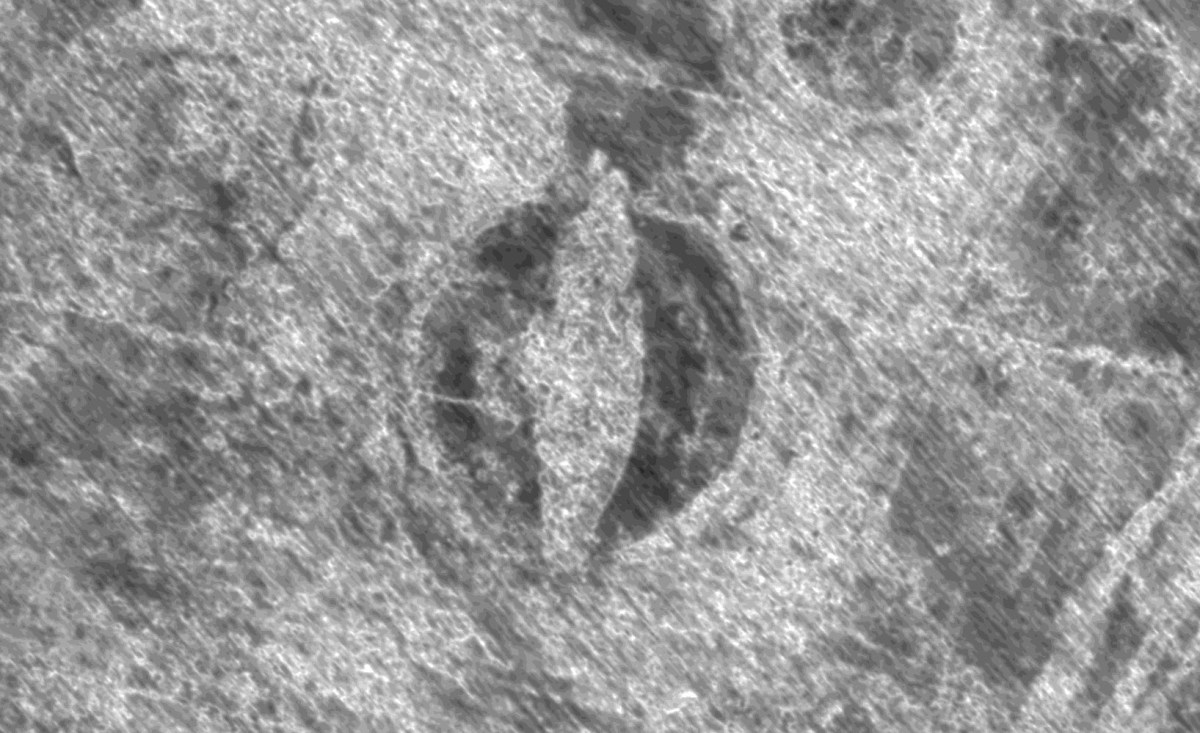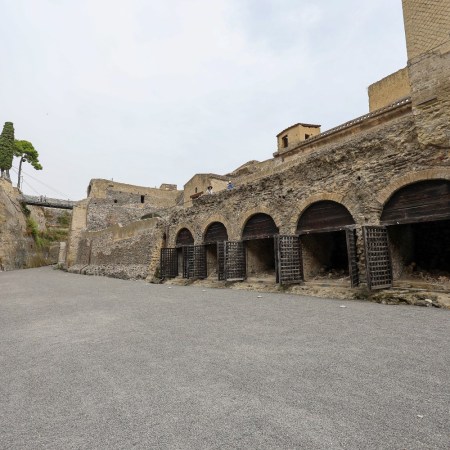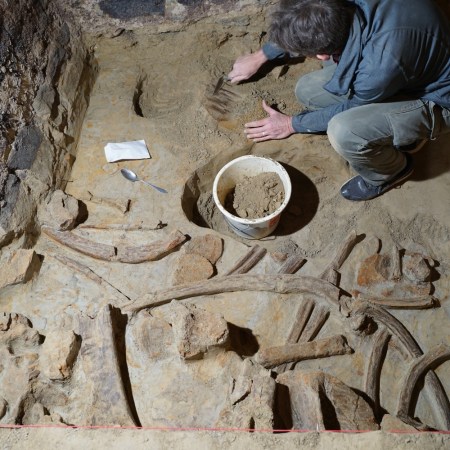As radar technology grows more and more sophisticated, so too does its ability to aid in the discovery of things people never expected to find. This has included several Viking ships, which were buried on land and left undisturbed for centuries in what is now Norway. One such vessel, the Gjellestad Ship, was located using radar in 2018. The vessel was found in Østfold County, situated below the surface as part of a burial mound.
Now, however, a new chapter is about to be written in the history of this historic vessel. Archaeologists are working on a way to excavate the Gjellestad Ship — a process that’s set to begin next month.
At Gizmodo, George Dvorsky has the details. The reason for the ship’s excavation isn’t necessarily one of wanting to display it in a museum; in fact, there are serious concerns about its durability. But the vessel is currently decaying where it is, due to the presence of fungus.
The excavation is significant for other reasons. The article quotes curator Jan Bill, who provided some fascinating context:
As Bill told The Local, the only three previous digs of Viking ships came in 1868, 1880, and 1904, and these excavations were not conducted with modern techniques and methods. The new dig could result in completely new findings and revelations.
Adding to the complexity of this operation is the need to maintain proper social distancing while the ship is being removed from the ground. This project offers plenty of opportunities for discovery — and for those who take part to be involved in something groundbreaking, both literally and figuratively.
Subscribe here for our free daily newsletter.
Thanks for reading InsideHook. Sign up for our daily newsletter and be in the know.


















